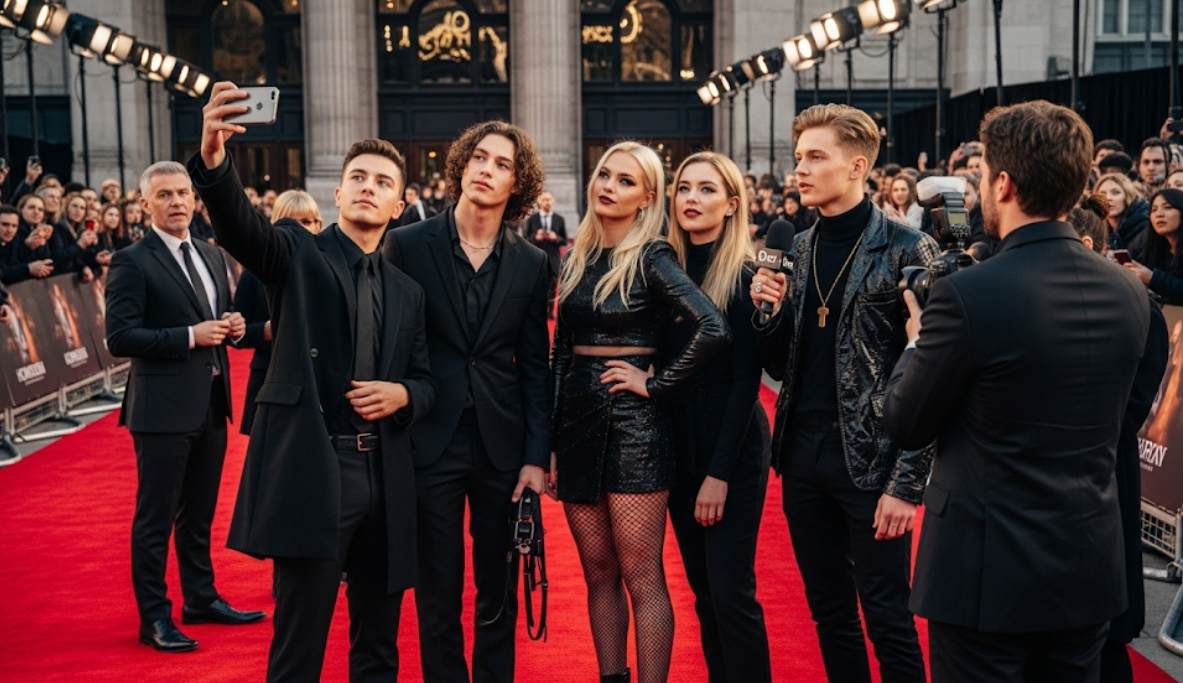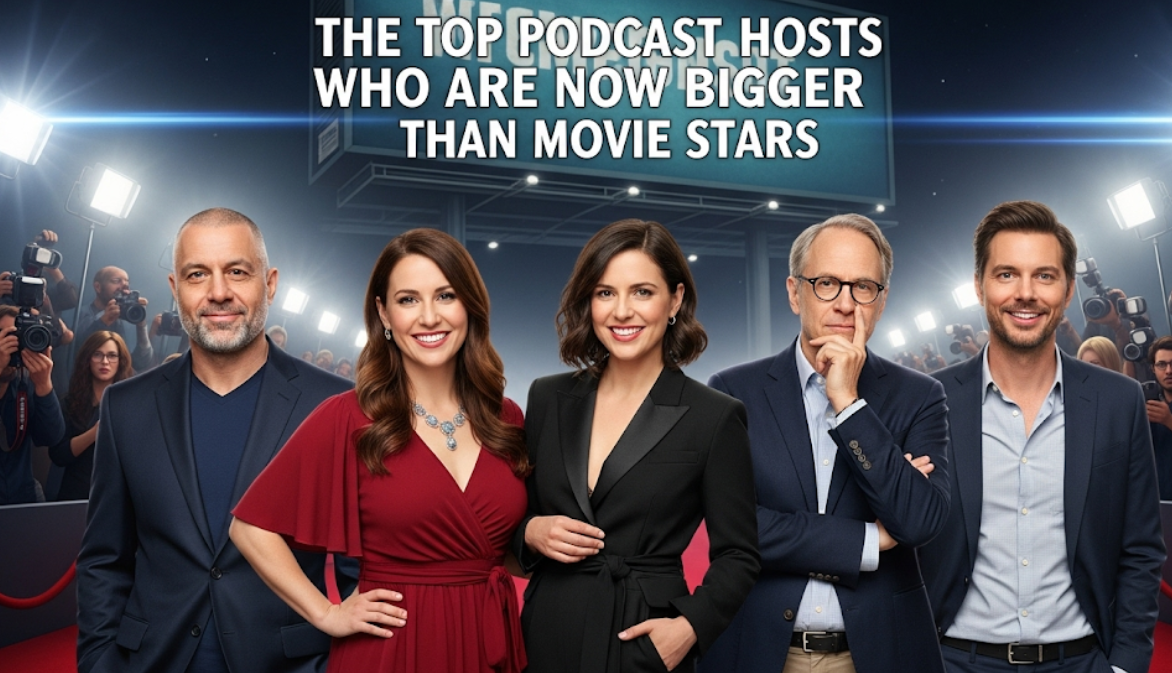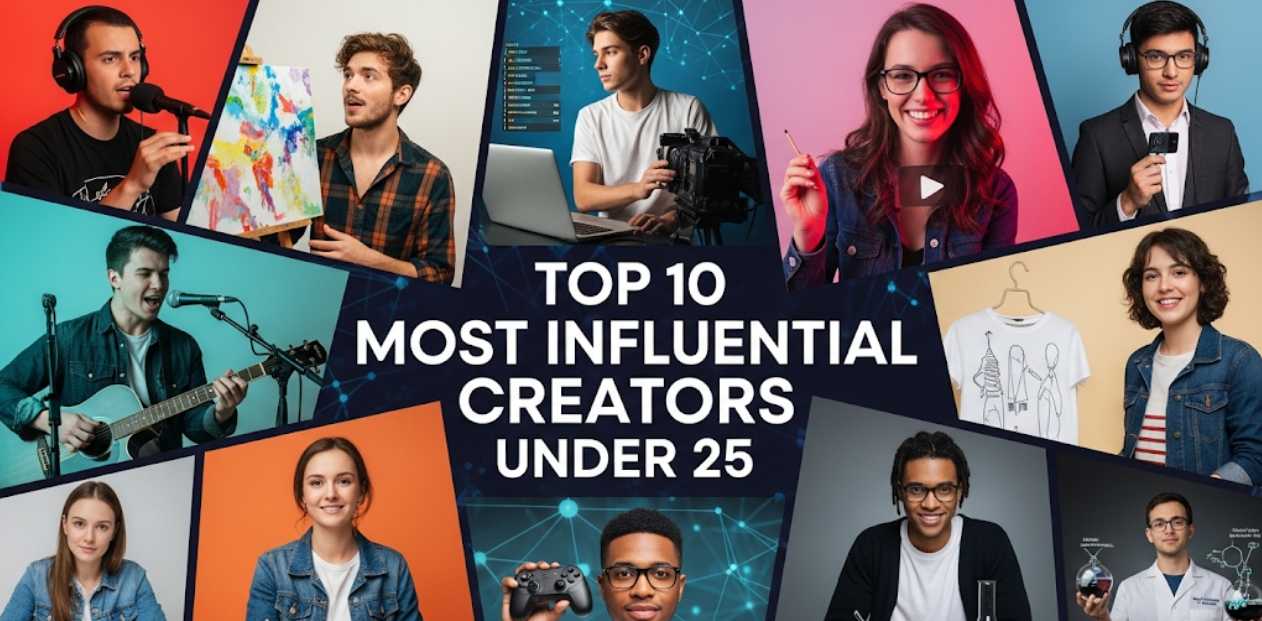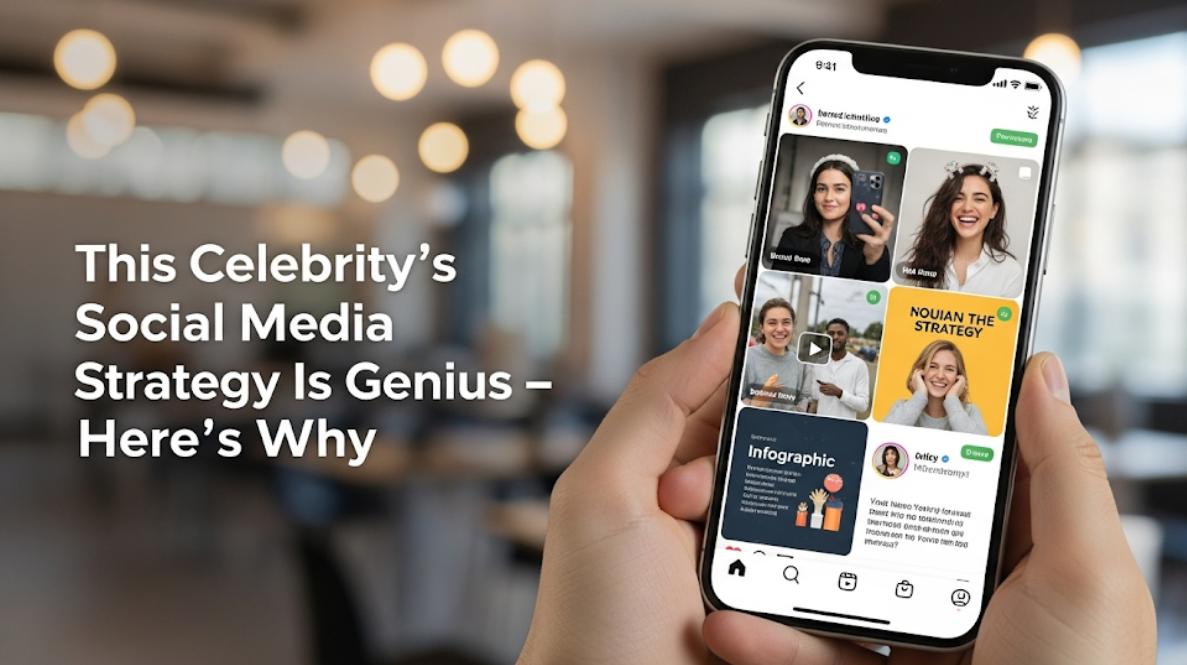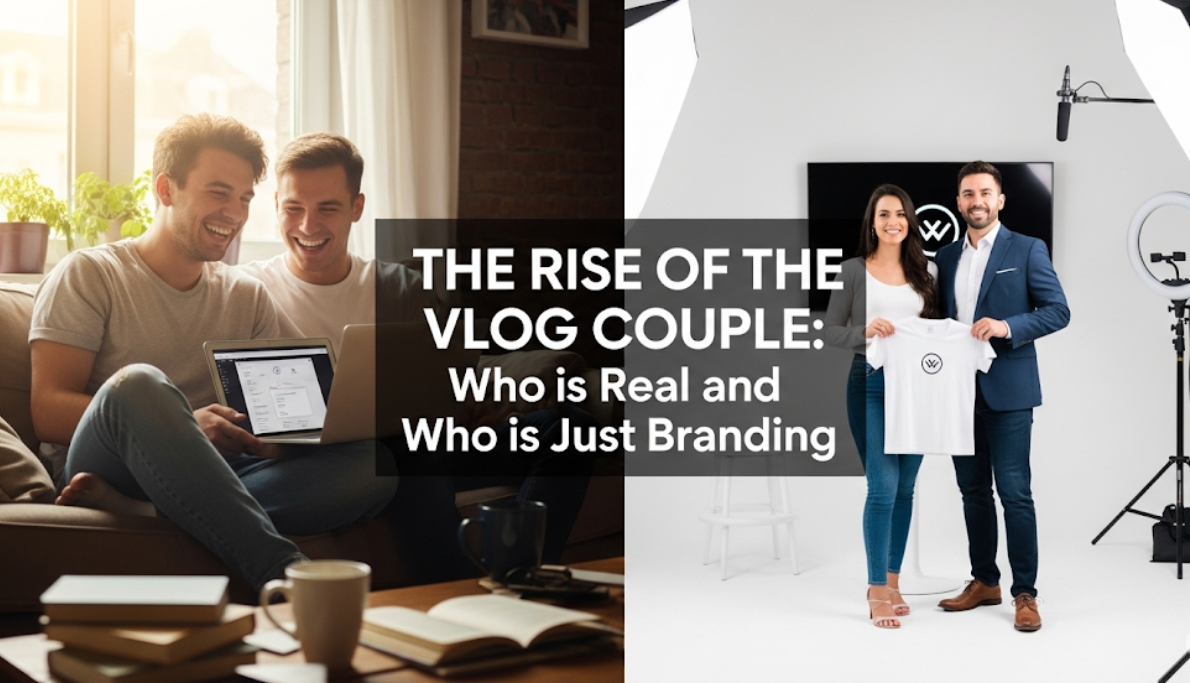Red carpets were once exclusive to movie stars, designers, and just a few journalists. Today, it is more of a scrollable feed, creative people in a unique look, a branded moment created for Reels, and live streaming that takes a single star to visit the viewer for several hours. The 2025 transformation is more of a rule, not an exception. From Cannes to the Met Gala and the Grammys, influencers have changed who comes, what’s newsworthy, and how brand success is measured. Below, I look at the trend into solvable pieces – What is changing, what causes the change, and what such developments mean to an award show, festival, designer, and anyone watching it go viral.
1) Red Carpet Access Is No Longer Theater
Red carpets are no longer limited to invitation events; they are now platforms. While in the past, having a red carpet pass signified you are part of the industry; now, one can pay for an entry. Federal programs and talent casting are increasingly collaborating with talent houses, PR firms, and creators to mass-produce carpets. Dependence on creators whose followers are fans of stardom has become financially rewarding. Cannes 2025 had many creators who erased the line between film culture and promotional, exclusivity and counterfeiting. Thus, a studio red carpet is now a set of public figures created and sponsored by brands, not a film celebration.
2) Outfits and Entrances Are Designed for Short-Form Virality
Outfits and entrances are designed for short-form virality, afraid of content being the last resort about talking on the internet.
Influencers come onto the carpet waving a whole different playbook. They do more than just stop and pose — they plan out extracts that will populate Reels and TikToks in many iterations, or are livestreaming bait (a reveal, a set walk, a prop wonkily balanced on their head), or quick gags. But these micro-performances typically have a way of overshadowing the film being honored because they are tailored for social algorithms: quick, visual and easily watchable over and again.
Exhibit A: top-dressed lists are still covered by the mainstream media, but instead of a feature story on a pretty little outfit, the focus now is on who had the clip that could be shared, remixed and memed. Brands have picked up on this as well: employing an influencer who is going to make five short-form posts can drive more near-term engagement than a single print-featured celebrity. E! Online, Business Insider
3) Measurement Goes Beyond Just Impressions
Measurement goes beyond just impressions and outlets and instead includes EMV real-time virality vs old school press hits.
Gone were the days of measuring success by Vogue pages or magazine spreads for fashion houses and festivals. Now, they throw EMV — earned media value — on the board… The reach of the hashtag pops a lot more in short term spikes. ROI, after all is easier to estimate for sponsors and houses when influencer posts produce quantifiable metrics in minutes — likes, shares, views. Though, as analysts following Cannes and other festivals recognize (experts flag this issue), campaigns with less “traditional” press from influencers still give measurable global reach. Kolsquare
Impact: PR plans now divide budgets — evening gown couture remains key, as well as creator fees and costs for deliverables across multiplatforms.
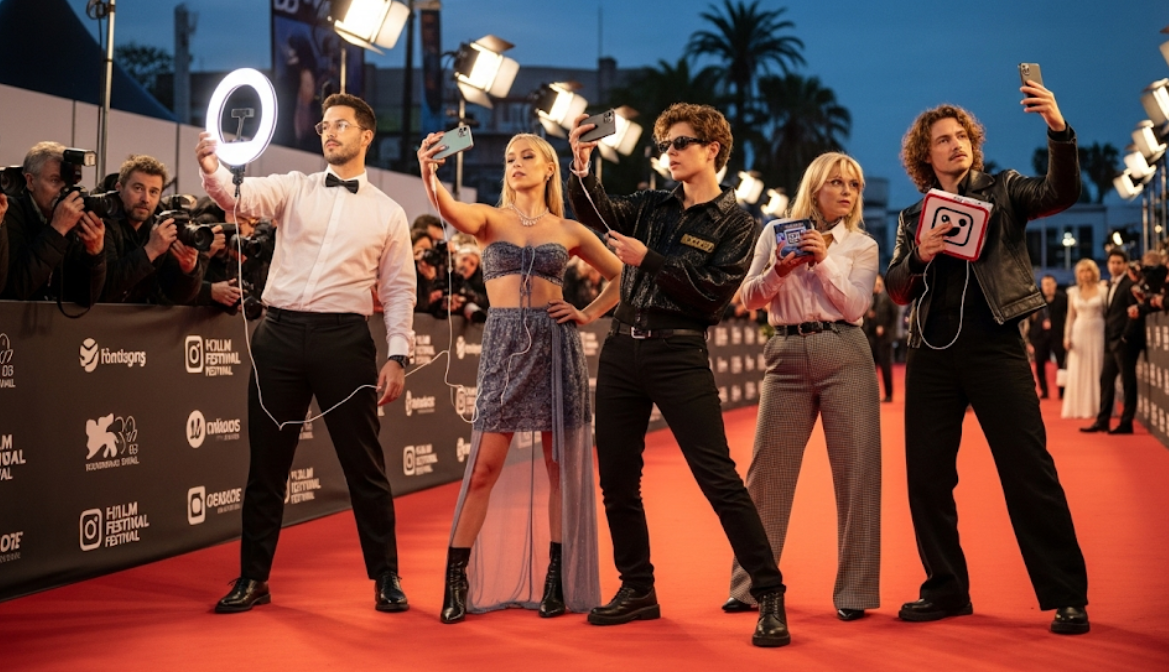
4) Democratization of Fashion… and the Challenges It Faces
The silver lining is that creators further the fashion storytelling by breaking it down for audiences (designers, fit, and sustainability choices), all of which makes haute couture more approachable to a younger audience. It makes followers emotionally invested — as if they are right there in the moment.
The downside: anyone with an audience big enough can occupy a carpet spot, leading some to argue that the event is losing out on cultural memory. Works and performances meant to celebrate craftsmanship are wedged between peacocking moments designed to dazzle rather than provide substance, raising the question of whether an influencer presence is sapping away at the event’s original purpose. That worry was much discussed at Cannes and awards-season events in 2025 by publications and cultural commentators. Essence, Firstpost
5) New Revenue Streams: Sponsors, Activations and Creator-Hosted Parties
Influencers were storming red carpets, but they had actually capitalized on them. Among other shifts, brands buy access with creators showing up on their dime, pay for backstage exclusives or even co-host afterparties that can turn ticket sales into content assets for them. Creators can also stage watch parties and branded livestreams during the live event to further extend it for viewers across platforms — beyond just the 2025 Oscars portion staged by Meta. ABC13 Houston
How that’s shifting: organizers who once dreaded commercialization are embracing it because creator-driven activations mean a bigger, often younger audience and new sponsorship money.
6) Journalist vs. Influencer — Reporting or Spinning a Tale of Coverage
For instance, influencers exist as both the reporter and performer— they are both interviewing and commenting on and monetizing from that moment. This presents a dilemma of ethics and editorial — is a paid interview or advertorial? Critics claim influencers should not be replacing trained entertainment journalists, but those in content creation suggest they provide context and engagement their traditional coverage would have otherwise fallen short. An animosity that was showcased throughout awards seasons when outlets and creators wrangled over what exactly the role and obligations for influencer hosts ought to be. Refinery29, Essence
Takeaway: Layered coverage — from official livestreams, journalist write-ups, through to creator commentary all with differing level of depth and agenda.
7) Controversy & Gatekeeping: When Virality Meets Process
But not all the influencer moments go as planned. The incidents at the latest gatherings, where creators were either asked to leave or lambasted for acts seen as cynical ladder-climbing, illustrate the friction between protocol and virality. These viral conflicts provide a lesson: Festivals put their reputations in jeopardy when exclusivity appears to fade, and creators face scrutiny when audiences detect phoniness or pay-to-play impropriety. Firstpost
Organizers balance inclusion with curation and influencers balance spectacle with respect for the purpose of the event.
8) Fashion’s Latest Power Triad: Stylists, Managers, Content Directors
And those tasked with making sense of it all!
Most influencers come with teams designed for social: stylists who know what photographs best on a pillarbox screen, managers that post at optimal times to reach peak distribution and content directors that shoot b-roll fit for cross platform use. The red carpet arrival these days is a small production — worked with even down to lighting, angles and given caption strategy — which changes the way designers enter into partnerships with PR reps. It was about the content plan as much as it was the gown, and designers were now being brought in to consult. E! Online
Outcomes: a greater joint ownership of content between fashion houses and creators, also reflected in the contract term division.
9) Implications for Fans, Impact on the Culture
For viewers, it’s generally good news: easier access, behind-the-prep teases and personality-first storytelling cast awards season as current. Yet we also see fragmentation; the specific “moment” you remember depends on which feed you follow. Surely a two-word caption on a TikTok clip can change the cultural takeaway faster than any magazine spread in history.
The question in the cultural realm would be whether that fragmentation adds to or dismantles shared experiences. The probable answer is going to be “both.” At the same time, however, red carpets have become more accessible and more of a business, resulting in new cultural products but some old traditions getting lost.
10) What Lies Ahead: Hybrid Models, More Sophisticated Curation
Organizers are experimenting. The festivals and content gatherings that stick around will be the ones who are smart about how they mix makers and marketers: carefully curated influencer programs grounded in arts or mission; a hardline stance on full disclosure of all partnerships; deals that pay out for storytelling over stunts. Don’t be surprised to see tiered access, creator residencies with filmmakers or designers, and more sponsorship transparency — all measures that are about protecting against cultural sellout while capturing the size of the creator ring. Kolsquare, Upfluence
Conclusion (for Brands, Organizers, Creators)
What to do for brands: Invest in creator partnerships that have measurable deliverables (views, EMV) and are centered around longer-term storytelling rather than single arrivals.
Organizers: Write accessibility and behavior disclosures and curate — maintain prestige and reduce the chance of backlash.
For Creators: Merge spectacle with substance. People demand transparency and insight into things that happen behind the scene. A creator who can breakdown a dress, an intended vision of a director or the cultural context of a film will outlast someone gunning for the quick clip.
To viewers: Spread where you view. For depth combine creator coverage and journalistic reviews.
The red carpet will never be the same and that is not all bad. The show goes on, it has merely changed new clothes. In the era of new economics favoring attention, the red carpet could become that hybrid stage where both curation and commerce take leadership more inclusive than counter-programming to the high-art film festivals and formal or deferential awards — a red carpet for designers, directors, creatives to tell richer narratives spanning multiple platforms. If not, it is clear what will become of the risk: events turn into talent shows for the algorithm rather than columns in honor of art. A path that the industry will further define itself in the seasons to come.


